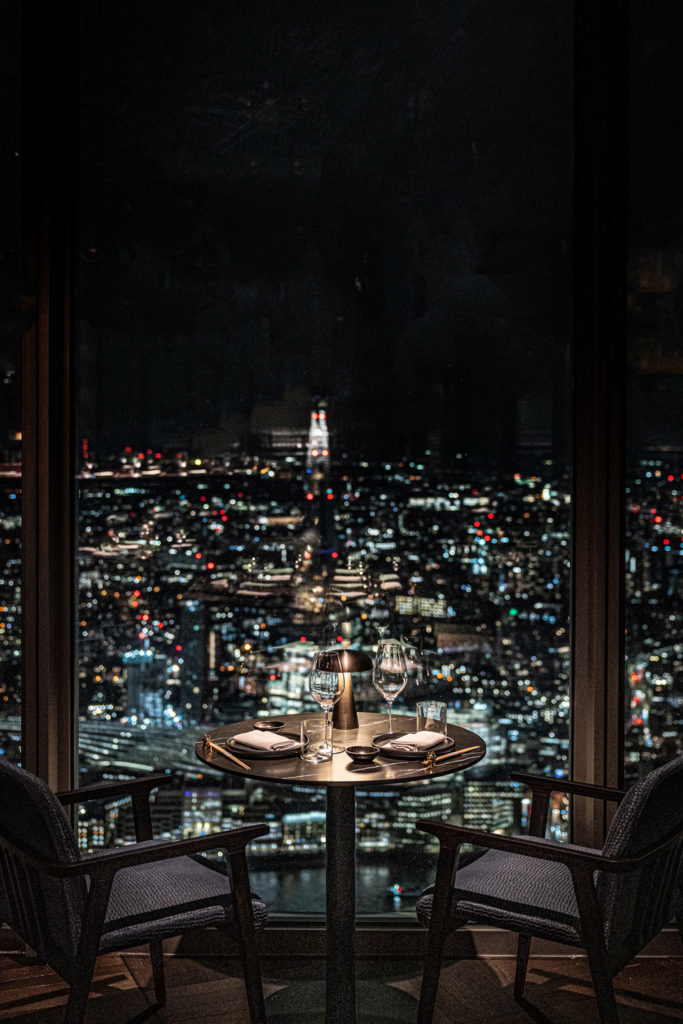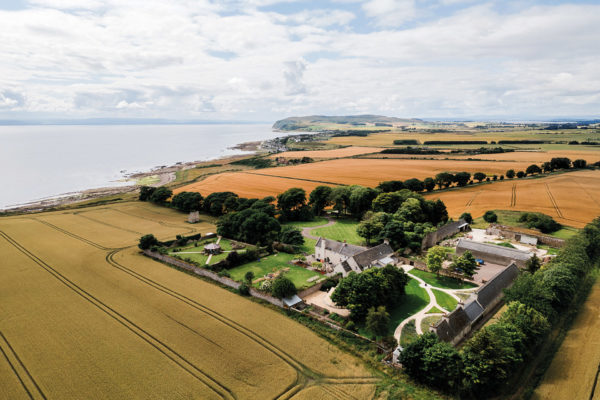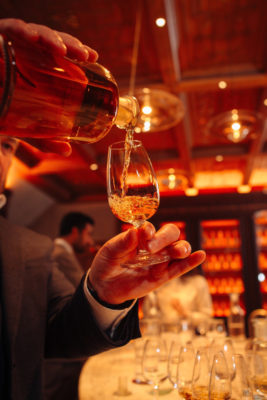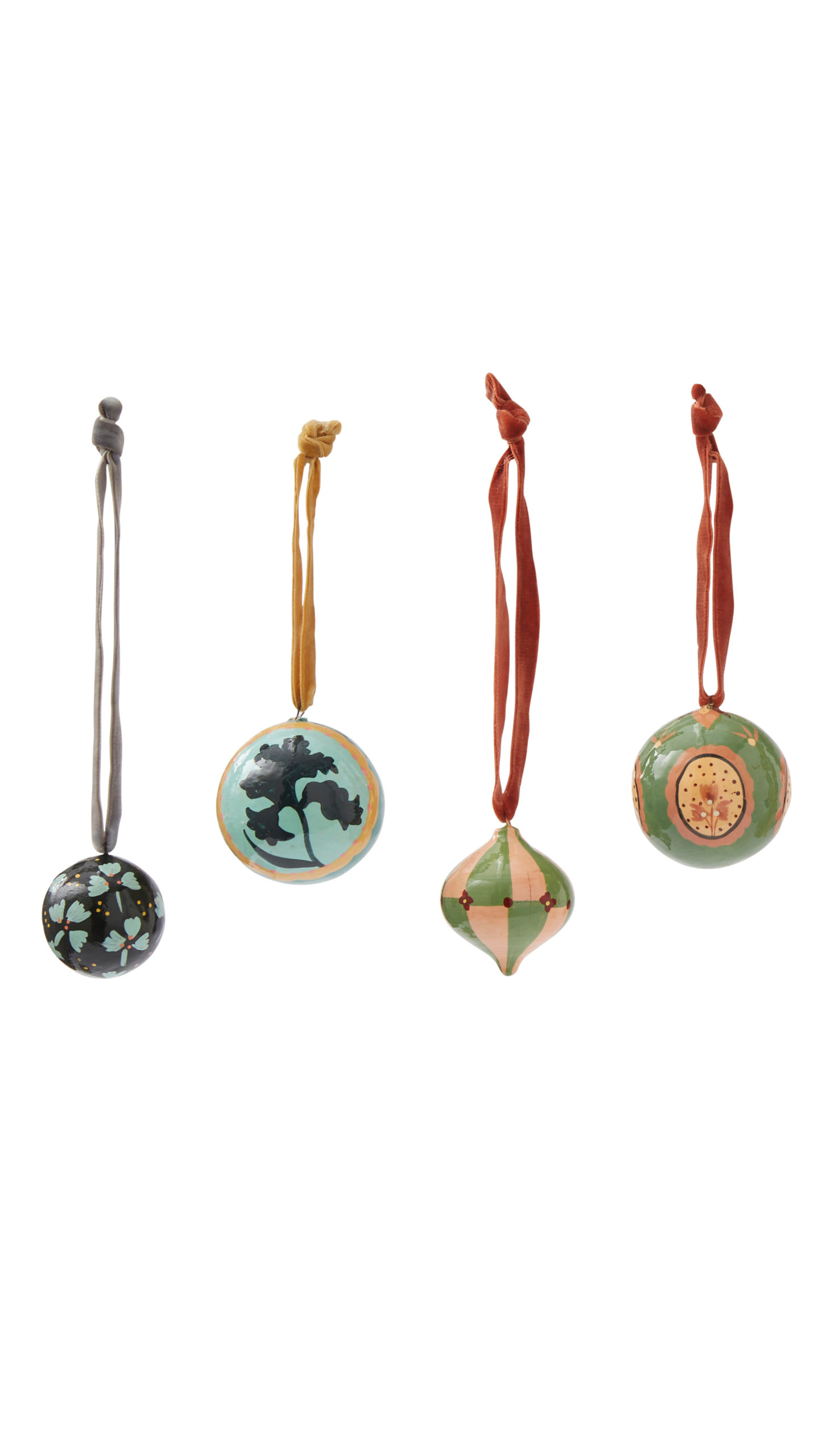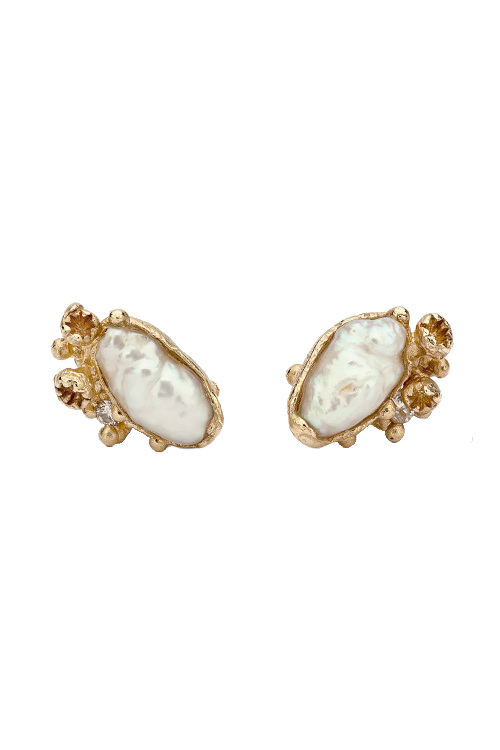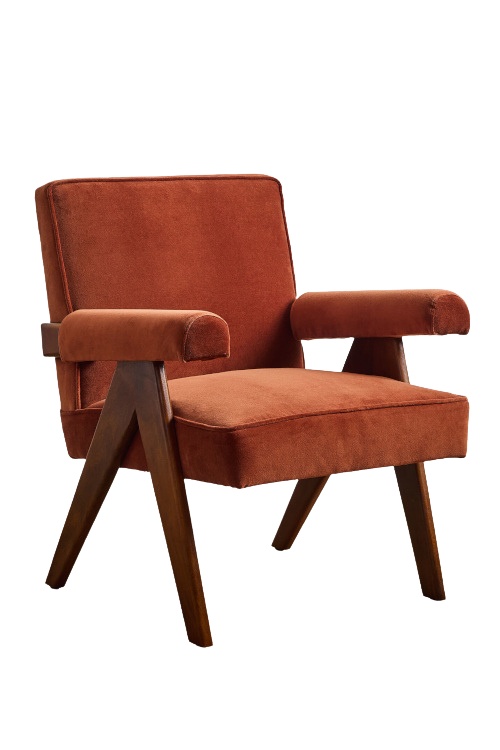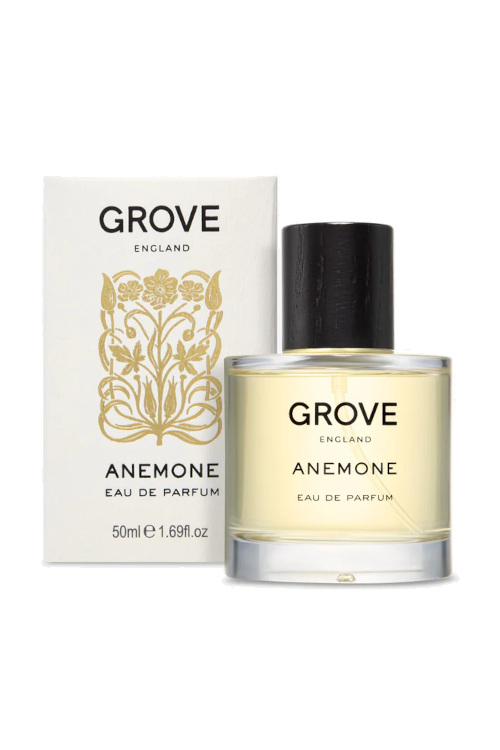
How Did Aberlour Create A Cult Whisky?
By
45 minutes ago
This new launch from the single malt brand is a favourite with whisky connoisseurs
The launch of Aberlour’s A’Bunadh whisky is a significant milestone for the brand. Richard Hopton finds out why from master distiller Graeme Cruickshank.
Aberlour Launches New A’Bunadh Whisky
Scotch distillery Aberlour has just released its latest A’Bunadh limited-edition malt whisky, aged in Oloroso and Pedro Ximenez sherry casks. It’s a cask-strength spirit, 56.2 percent ABV, smooth, intense and powerful with a nose of dark, rich sherry with a hint of maple syrup and raisins which explodes out of the bottle.
For the whisky connoisseur, the A’Bunadh offers another dimension of complexity while the cask strength allows the whisky to be appreciated in its purest form. As Aberlour’s master distiller, Graeme Cruickshank says, it’s the nearest a whisky lover will get to having a dram direct from the barrel in the warehouse on Speyside. Graeme, who is responsible for the production of the A’Bunadh – which means ‘original’ in Gaelic – says that the purpose of using the sherry casks ‘is to enhance an already great whisky.’
How Is Aberlour’s A’Bunadh Made?
A’Bunadh was first released in the late 1990s to replicate the whisky Aberlour’s founder James Fleming would have known in the 1880s. Nowadays, the casks are made for Aberlour in Spain and filled with sherry for two years before being shipped to Scotland with a ballast of ‘travel sherry’ in them to prevent the staves drying out in transit. Once in Scotland, the casks are filled with new spirit and left to age.
The use of the Pedro Ximenez casks requires a fine balance: they impart great depth to the whisky but, in excess, can overpower its character. Likewise, in the finishing process, it’s Graeme’s job to achieve the perfect balance between the Oloroso- and PX-matured whiskies so as to prevent the sweet, heavy PX flavours masking the distinctive character of Aberlour’s whisky. A’Bunadh is a non-aged malt, in contrast to the 12-, 16- and 18-year-old whiskies that Aberlour also produces but, as Graeme says, ‘we don’t worry about the age of the whisky, we worry about its quality.’
The History Of Aberlour
Aberlour was founded in 1879, although there’s been a distillery on the site since 1826. It occupies a beautiful spot tucked away at the end of the town by the Lour Burn, whose waters are used in the cooling and distillation process. It’s steeped in the traditional methods handed down from generation to generation: ‘one of our distillers has been with us for thirty years and before him, his father was here for thirty-five years,’ says Graeme. All the barley used in the whisky is produced by a syndicate of local farmers – the distillery uses about 9,500 tonnes of malted barley a year. The water used in the mashing and fermentation processes comes from the Birkenbush Spring a mile or so above the distillery. Filtered through the granite of the hills, it’s pH neutral, so ideal for the production of whisky.
Aberlour has been owned by the French group Pernod-Ricard since 1974, an association which has brought much long-term benefit to the distillery. It now produces around 4 million litres of spirit annually and is the best-selling single malt in France.
In the end, though, it comes back to the whisky. Graeme describes the A’Bunadh – his A’Bunadh – as a classic Speyside malt, displaying fruity elements and floral notes, with a hint of vanilla caramel and spices, ginger and cinnamon. The PX, he says, gives the whisky an intensity of flavour and a long finish. I certainly wouldn’t disagree with his description and I strongly suggest you try the A’Bunadh yourself, of an autumn evening, in front of a fire. You won’t regret it: it’s a magnificent whisky.
Aberlour A’Bunadh costs £95 a bottle, aberlour.com




